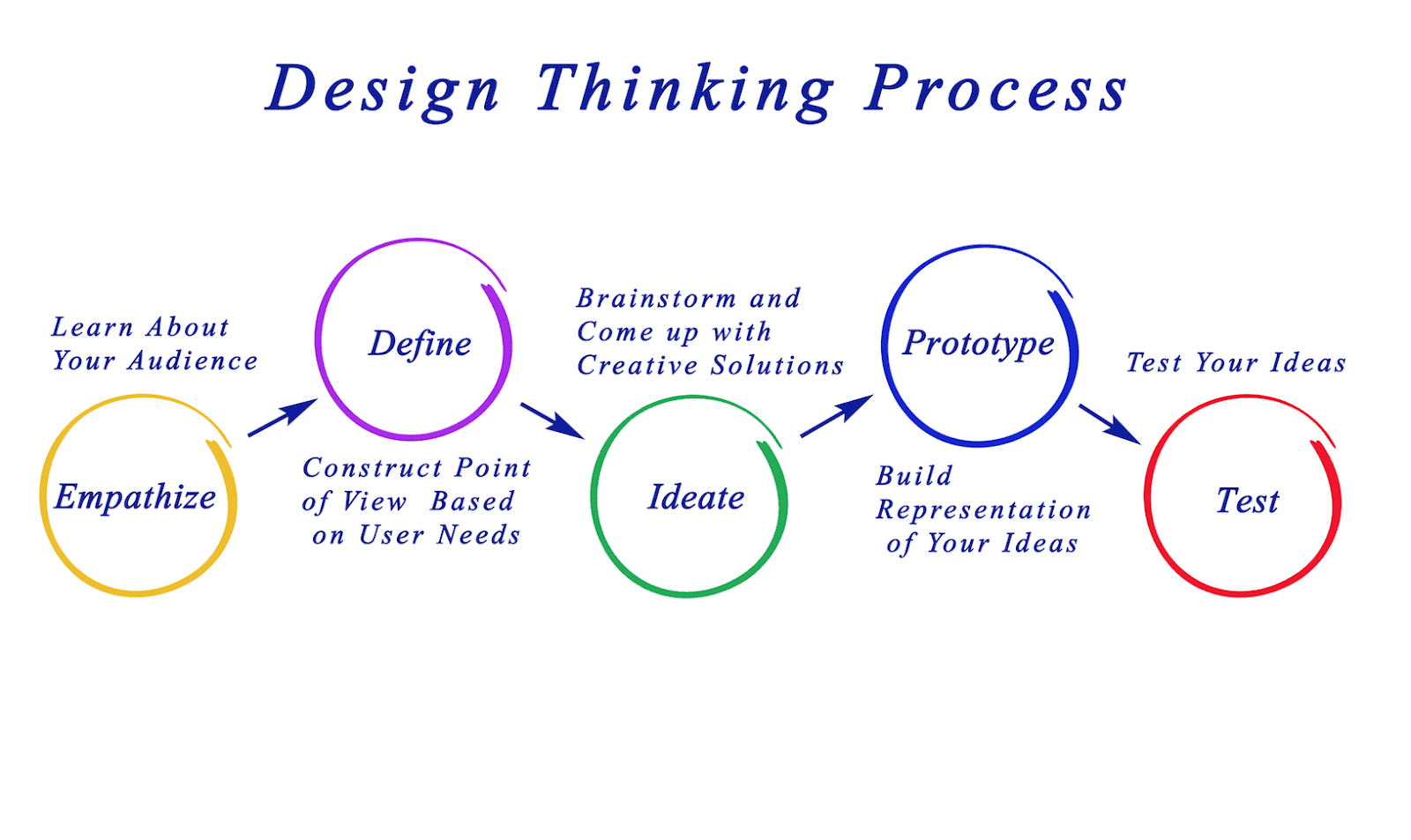How do you do ideate or design thinking? For some people it is an easy question to answer, but for others it can be one of the most difficult things to grasp. If you want to figure out how to do this, you must pay very close attention to how and why you do certain things. We’ll give you a few tips on doing this and I will help you to realize that you can change your mind and do other things, but what I am really trying to do is get you to understand that you can do this and that you are in complete control.
The first step to understanding how you do all of this is to begin by looking at all of the things that are going on in your life. From there, you can begin to understand that you have certain thoughts and feelings about many things, but that they aren’t solid or true. As long as they are just opinions, they won’t hold up in court. Once you understand that, you can start to work on changing those opinions to more rational ones.
If you want to know how do you do ideation, the best way is to take some time and think through the things that you think. Try not to focus on the negative, because that is the only one that holds up in court. Focus on the positive, things that you believe in and then go back and figure out how you can turn those things into real world facts. This might take some time, but if you want to know how do you do ideate design thinking, it’s the only real way to do it.
How do you test design thinking?
Design Thinking is an innovative process of visual communication that allows you to develop a design idea through a series of conversations. As a designer, you are encouraged to ask questions and think critically about the design possibilities presented by the information that you observe, analyze, and interpret. You can use your analysis and conversations to build a foundation for a design concept that you have in mind. Through testing, you can fine tune your design idea and hopefully find the best solution to the design problems that you have identified. This article will discuss how do you test design thinking.
The design process involves numerous interactions between the conceptual designer, the customer, the marketing team, and other key people involved in the creation of the product or service. These interactions can take place in many forms; these include meetings, brainstorming sessions, product demonstrations, presentations, and client review and testing. Although some of these interactions take place at each step of the design process, other tests can be performed at each stage as well. A test may be designed to evaluate the significance of an idea, the ability of a concept to be successfully tested within the specified environment, the usefulness of a concept when new information is received, the ability of the concept to continue to be relevant and useful even after modifications have been made, and finally, the extent to which a concept matches up with the final products or services that have been designed.
The design process also includes a process for verification. Verification allows you to check your assumptions about the way in which the product or service functions so that you know that you are working within the appropriate boundaries and constraints. The process of verification is often part of a post-test evaluation process that seeks to address possible flaws and other concerns that arose from the design testing. The aim of all the processes that go into the development of a product or service is to make sure that the finished product or service is as perfect as possible. The success of any design effort therefore rests on the ability of the concept to accurately match the end result.

What is design thinking process?
In most case, the “design thinking process” refers to the way in which creative leaders to think creatively and productively about issues and problems in the market. Design Thinking is essentially a method of problem solving, which calls for the adoption of an innovative approach to problems. This approach makes use of a variety of techniques including: soliciting feedback from others; engaging in Problem solving; analyzing customer’s needs; formulating solutions; and finally, presenting the solution to clients and colleagues in an innovative manner.
Although, there are many who believe that Design Thinking is a linear process, the fact is that it is not. Rather, it is a participative method where people can explore a variety of design options and arrive at a solution that is likely to be most beneficial to the stakeholders. It is also important to remember that Design Thinking cannot be implemented by just creating a new product or concept; rather, it requires a careful evaluation of the existing product or services. Design Thinking, therefore, should be a tool used judiciously to integrate the strengths and capabilities of current products or services with innovative ideas to create new products or services.
Design Thinking can be effectively applied when designers take into consideration their stakeholders as well as their own individual user experience preferences and expectations. The fact is that users are far more likely to purchase a product or service if they have an overall positive experience with it, so Design Thinking should not only be guided by an aesthetic eye, but also by a sound understanding of customer needs, which ultimately drives creative leaders. With this in mind, the next time you take a look at your company’s website, do so with an intense sense of scrutiny and an analytical mind. You are likely to find that you have a number of design elements that are contributing to a better-rounded user experience and this is precisely what is needed in order to provide true value to your customers.
